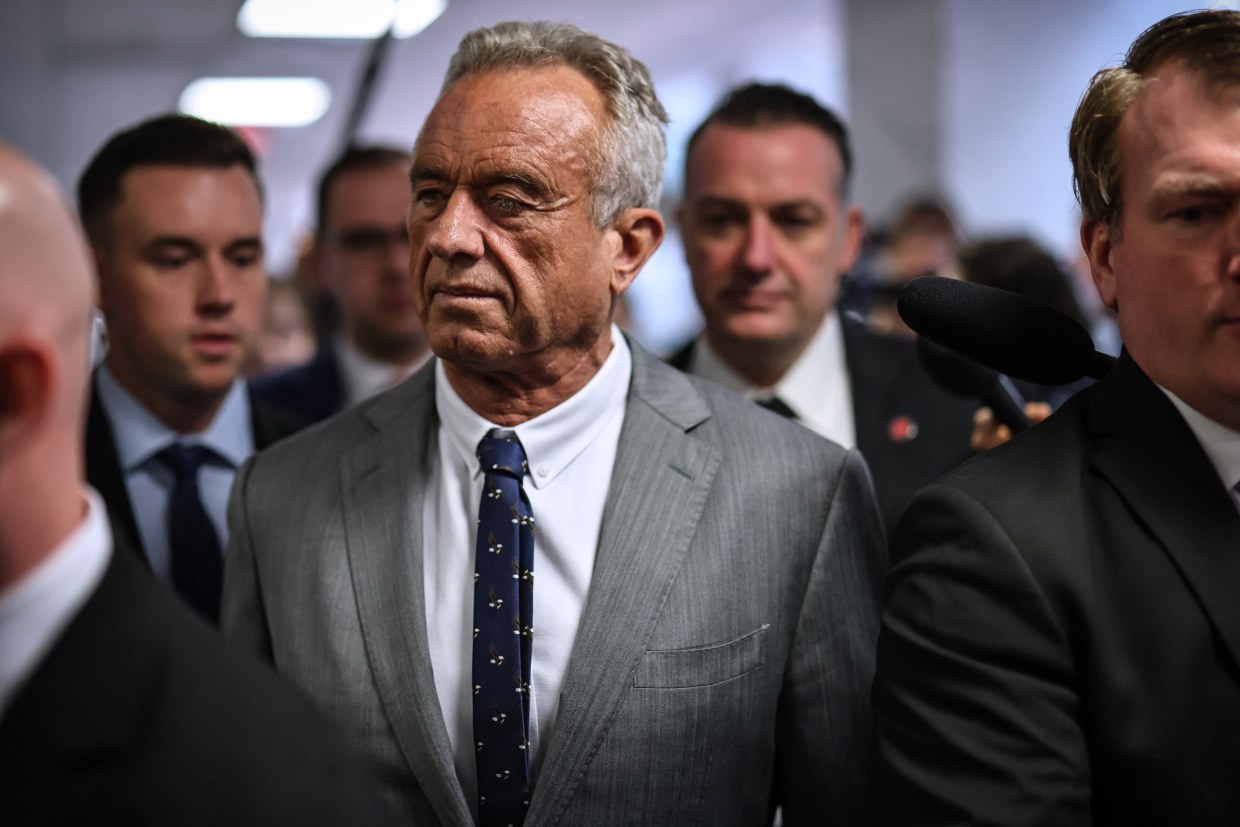
“This is Dr. Mohr.” I picked up a call from an unfamiliar number.
“It’s Irving,” the panicked voice exclaimed. “He’s collapsed. The paramedics are attending to him right now.”
“They’re doing compressions? Stop! Hand the phone to the paramedic!”
My father-in-law, Irving, the composed Danish-American Navy veteran, had been under hospice care for 3 months. His POST (physician order for life-sustaining treatment) was documented with the hospice agency and his assisted living facility: DNR/DNI, only comfort measures.
Irv greeted me in his home as if we were long-time acquaintances. I recall the day we first met when he retrieved a bottle of Aquavit from the freezer, poured us each a shot, and raised a toast of “skol!” As practical as he was brilliant as a machinist, at 85, he began experiencing a chronic cough, exertional dyspnea, and hypoxemia. The ECHO results were disheartening: constrictive pericarditis. His frailty eliminated him from surgical options.
An unwavering Cornhusker football enthusiast, he routinely watched games at our house every Saturday in the fall. Even during those weeks leading up to his passing, he struggled with significant shortness of breath and had several falls.
Four days before his passing, we celebrated his 86th birthday, and everyone felt the weight of our time together. We shared stories, laughter, and prayers. Irv possessed a remarkable mental adaptability and resilience. Despite the health-related physical challenges, his attitude remained one of fulfillment, optimism, and faith.
“Who is this?” The paramedic’s tone was harsh.
“I’m Irv’s daughter-in-law. I’m a physician. He’s a DNR, on hospice. Cease the compressions.”
1, 2, 3, 4, 5, 6, 7, 8, 9, 10… I could hear the ACLS algorithm playing out in the background.
“Are you the health care agent?”
“No. My husband is, but they were unable to reach him.”
“Do you have the DNR order with you?”
“No! It should be available at the facility!”
“Ma’am, I regret to inform you that legally we are unable to accept an order from you.”
I terminated the call and urgently rang my husband until he finally responded.
“Your dad is being coded and they’re performing compressions. I need you to inform them to stop.”
Thankful for the convenience of three-way calling, he directed the paramedic to halt resuscitation efforts.
Each morning, Irv would walk the 50 yards from his cottage to the main building for meals. This had become increasingly arduous, and he now needed a rest near the lobby before continuing to the dining area. “I’ll just take a moment to rest,” he said to his wife. When staff came to check on him, he was pulseless and unresponsive.
I replay the situation in my mind and question why the paramedics were called instead of hospice? Why were compressions initiated? Did EMS ask for a POST form? Did the facility fail to provide it? Why was his body subjected to this ordeal when he was at peace with his impending death?
As a geriatrician and a daughter-in-law, my heart shattered. Those of us in healthcare have witnessed the brutality of a code and, in this instance, the aftermath of a coroner’s evaluation, as we waited 3 hours with his body left untouched on the floor of the dining area in the facility.
What a profound failure of the medical system.
With inadequate custodial care staff, insufficient long-term care reimbursement for CNAs and nurses, high staff turnover, impersonal care models, and pervasive ageism in healthcare, I remain doubtful that the system will improve.
Nevertheless, I must hold onto the hope that it can.
In clinical practice, when dealing with frail older adults, I regard care goals discussions as crucial to providing outstanding patient care. If I can offer nothing else, I can at least provide my patients with a sense of control and autonomy when their bodies are confronted with the impersonal processes of modern medicine. Irv’s experience has left me feeling like I am, in some respects, safeguarding my patients from the medical system, but that my efforts may ultimately be in vain. To realize that throughout this complicated continuum of care, all discussions surrounding care objectives, POST forms, and life-sustaining treatment documents may hold no significance if medical professionals do not inquire about or respect these documents.
In 1814, Thomas Jefferson wrote a letter to his friend, the ailing John Adams. Medicine was still in its early stages; the ACLS algorithm had yet to be developed. The tinkerer and historian that he was, my father-in-law would have appreciated this reflection: “Our machines have now been running seventy or eighty years, and we must expect that, worn as they are, here a pivot, there a wheel,